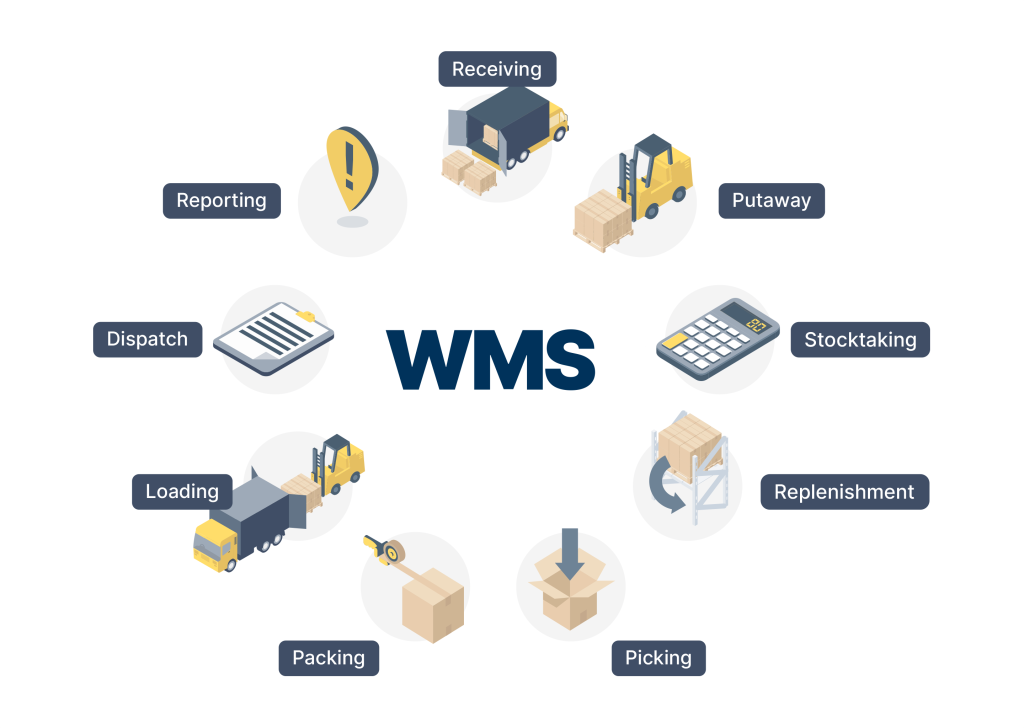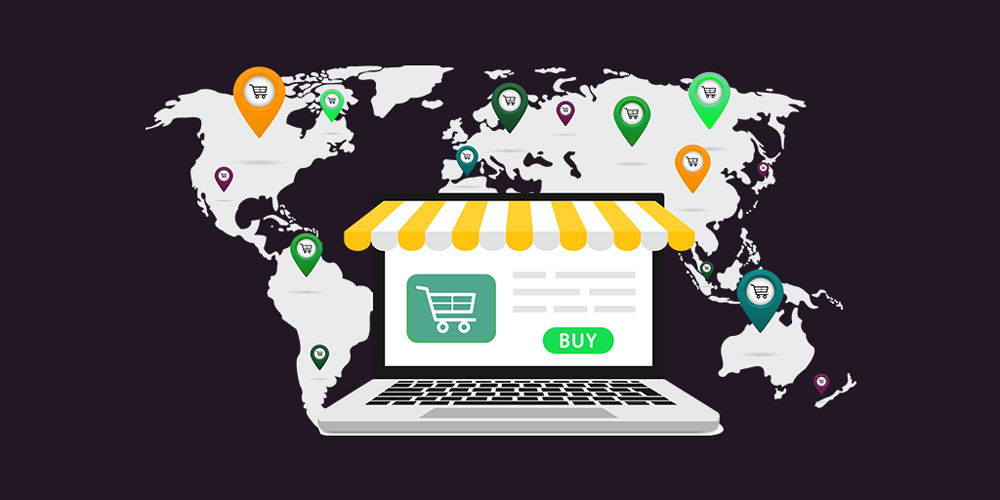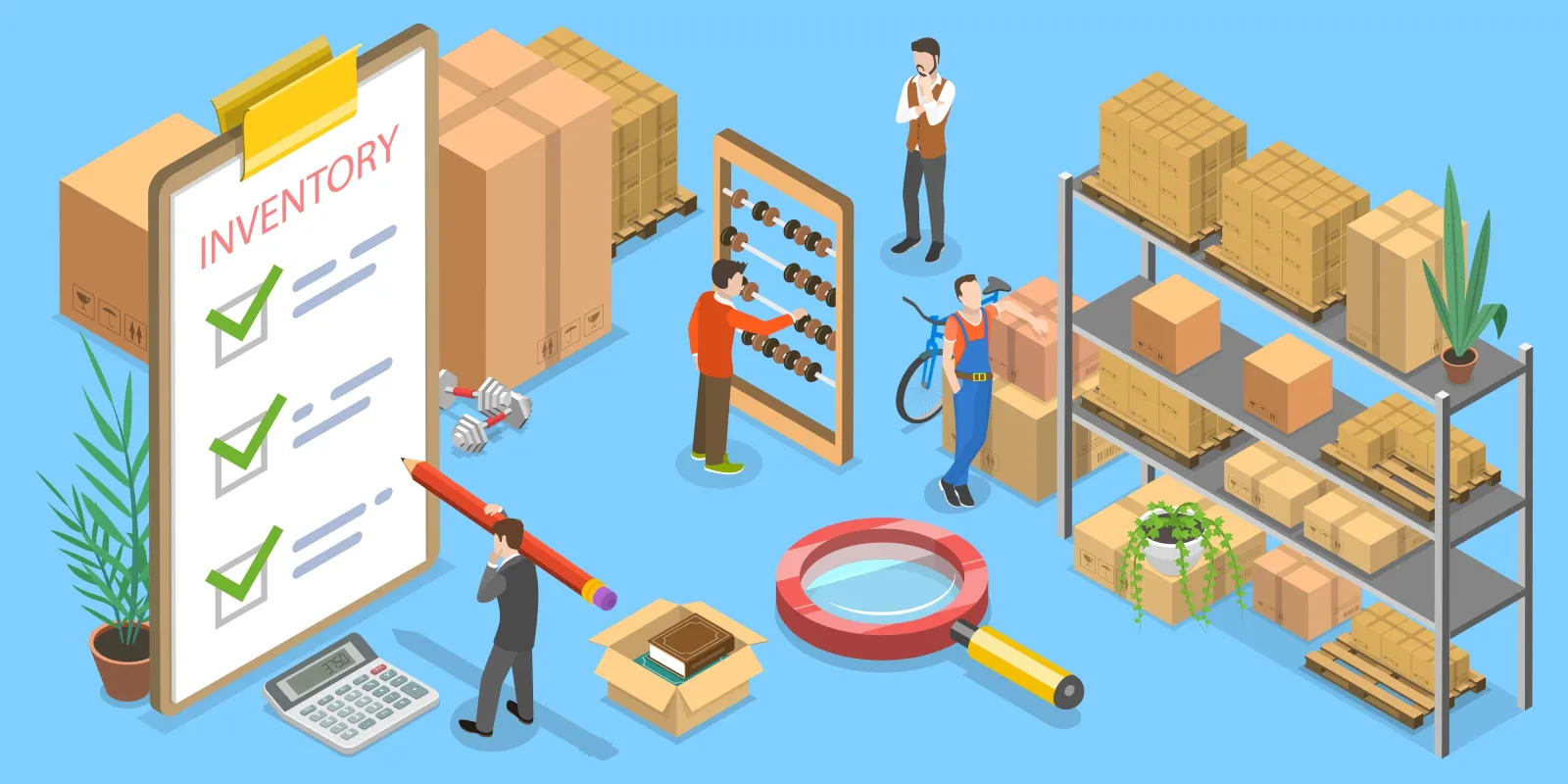TMS 实施最佳实践和常见陷阱
在全球物流方面、 实施 TMS 现在对 3PL 提供商 和企业托运人。执行良好的 运输管理系统 提高可视性、降低成本并简化操作。
在 邮政包裹我们看到了成功和失败。本指南分享了有效实施 TMS 的关键做法和常见误区。

为什么实施 TMS 至关重要
正确实施 TMS 可以

但是,这些优势不会自动产生--它们需要精心的规划、调整和发布后的优化。
成功实施 TMS 的最佳实践
1. 制定明确的目标和衡量标准
在启动任何系统之前,请先明确成功是什么样子的。您想减少 10% 的运输成本吗?提高交付能见度?缩短从下单到发货的周期时间?
可衡量的关键绩效指标能使项目保持专注,并提供跟踪进度的基准。
2. 让主要利益相关者尽早参与进来
一个常见的错误是将 TMS 视为纯粹的 IT 项目。运营、客户服务、仓库团队甚至客户都应参与规划过程。及早加入可减少日后的阻力。
3. 选择可扩展且灵活的 TMS
并非所有的 TMS 解决方案都是一样的。选择一个支持以下功能的平台
- 多客户架构(针对第三方物流公司)
- 用于集成的 API 连接
- 国际合规和多式联运
- 基于云的可扩展性
4. 绘制现有流程图并实现流程标准化
在配置新系统之前,彻底记录当前的工作流程。首先消除效率低下的问题--将破损的流程数字化只会造成数字混乱。
5. 分阶段推广计划
从试点小组开始,而不是一次性在所有站点或客户中启动。这有助于在全面部署前找出差距并调整配置。
6. 培训各级用户
TMS 的成功取决于用户的采用率。提供基于角色的培训--调度员需要了解的内容与财务或仓库团队需要了解的内容不同。使用演示、手册和实时支持。
7. 启用后的监控和优化
TMS 不是一个设置好就可以不用管的工具。部署后,应跟踪性能与关键绩效指标的对比情况,收集反馈并完善设置。持续改进推动 投资回报率.
应避免的常见陷阱
❌ 1.低估实施时间
TMS 部署可能需要数周或数月的时间,这取决于您的规模。仓促部署会导致配置遗漏和集成不良。
❌ 2.数据质量差
不正确的主数据(如地址、SKU、费率)会导致发货延迟、账单错误和报告不准确。上线前清理数据。
❌ 3.忽视集成的复杂性
TMS 需要与仓库管理系统 (WMS)、ERP 以及可能的客户平台相连接。忽略 API 规格或中间件会破坏工作流程。

❌ 4.缺乏行政支持
如果领导层将 TMS 视为附属项目,内部团队就不会优先考虑它。C 级支持可确保能见度、资金和问责制。
❌ 5.适合所有尺寸的配置
每个第三方物流客户或业务部门都可能有不同的路由规则、文件需求或承运商偏好。强行统一设置会导致不满。
❌ 6.变革管理不足
如果人们不使用它,再好的系统也会失败。沟通 "为什么",消除顾虑,并在上线一周后提供持续支持。
来自 PostalParcel 的真实世界小贴士
在 邮政包裹我们的 TMS 部署始于针对客户的研讨会。我们与利益相关者共同设计工作流程,确定服务水平,并为未来的扩展建立灵活性。这种客户至上的思想将技术转化为竞争优势。
最终想法
实施 TMS 系统是物流供应商最具影响力的投资之一,但也是最复杂的投资之一。正确的系统、正确的实施方法将成为以下方面的基础:
- 运行更顺畅
- 更快乐的客户
- 降低运输成本
- 适应未来的供应链复原力
避免走捷径。精确计划。精心培训。不断优化。
有了成熟的方法和合适的合作伙伴,您的 TMS 之旅就能改变您的货运方式并促进业务增长。
行业洞察
收件箱消息
Nulla turp dis cursus.整体释放,预留空间







